
Rising rates of metabolic dysfunction–associated steatohepatitis indicate a need for public health interventions.

Rising rates of metabolic dysfunction–associated steatohepatitis indicate a need for public health interventions.

Karen Winkfield, MD, PhD, addresses the importance of inclusive clinical trial participation and meeting patients where they are.

Effective communication, cultural competence, and patient advocacy are keys to overcoming language barriers in eye care, as highlighted in a presentation at the Southeastern Congress of Optometry 2025.

Brianna Rhue, OD, FAAO, discussed novel approaches to myopia management and how they can be implemented into clinical practice.

Advancements in dry eye care focus on improvements seen in patients treated with cyclosporine 0.09% following inadequate responses at a lower dose, and customizable scleral lenses offer a nonsurgical option for Salzmann nodular degeneration, enhancing vision and comfort.

New anti–vascular endothelial growth factor (VEGF) therapies are improving retinal disease management by providing patients with more treatment options, optimizing timing, and introducing innovative administration methods.

Multimodal imaging is a useful tool in diagnosing and managing age-related macular degeneration (AMD), according to Julie Rodman, OD, MS, FAAO.
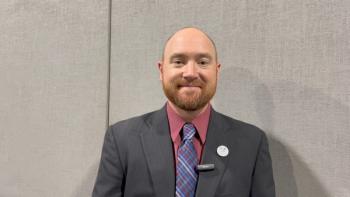
Nate Lighthizer, OD, FAAO, discusses laser therapy and how attendees at Southeastern Educational Congress of Optometry (SECO) 2025 got hands-on experience at the conference.

The effectiveness of laser peripheral iridotomy (LPI) in managing angle closure glaucoma is uncertain, with studies suggesting that phacoemulsification may provide better intraocular pressure control and long-term outcomes, as discussed at the Southeastern Congress of Optometry 2025.

The 2025 guideline introduces notable updates including refined recommendations for dual antiplatelet therapy, cardiogenic shock management, and secondary prevention.

Several rare disease patient populations received their first-ever FDA-approved drug since Rare Disease Day last year, signifying progress in closing treatment gaps for rare disease.
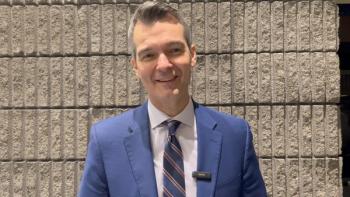
Mile Brujic, OD, FAAO, discusses his new research being presented at the Southeastern Educational Congress of Optometry 2025 meeting concerning dry eye treatment.
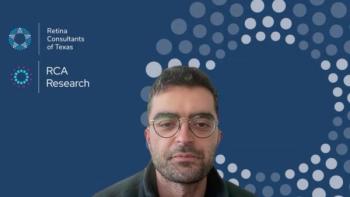
The cause of age-related macular degeneration can be varied and symptoms are often not recognized immediately, according to Hasenin Al-khersan, MD.

Julie Rodman, OD, MS, FAAO, discusses how optical coherence tomography angiography (OCT-A) can be used to diagnose and manage diabetic retinopathy.
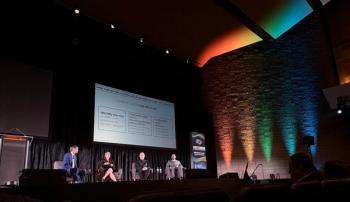
Artificial intelligence, surgical innovations, and wearable technology are transforming eye care, enhancing patient outcomes and clinical efficiency, as discussed during the keynote presentation at the Southeastern Congress of Optometry (SECO) 2025.

Activities of daily life, education, and employment were areas of difficulty in the transition to adulthood for patients with Duchenne muscular dystrophy (DMD) or Becker muscular dystrophy (BMD), but those who had more siblings reported being more ready to transition to adult life.

The classification of spinal muscular atrophy (SMA) subtypes, the influence of SMN2 gene copies on disease severity, treatment effects on disease progression, age-related differences, long-term management strategies, and adequate muscle function monitoring are all important aspects of SMA care.

Food recalls numbered 300 in 2024, indicating that increased vigilance may be required from both consumers and the FDA.
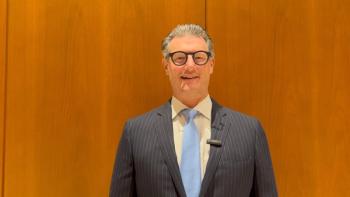
I. Benjamin Gaddie, OD, FAAO, summarized the best forms of treating and managing demodex blepharitis.

Coverage of our peer-reviewed research and news reporting in the health care and mainstream press.

Selective laser trabeculoplasty, artificial intelligence–driven diagnostics, and new drug delivery systems are transforming glaucoma care and improving patient outcomes, according to a panel of experts.

Adverse physical functions were indicative of reduced survival and increased risk of immune effector cell–associated neurotoxicity syndrome (ICANS) in patients with non-Hodgkin lymphoma (NHL) previously treated with chimeric antigen receptor T-cell therapy.

Time costs, often overlooked in health care, create economic burdens for patients and caregivers, impacting income and well-being.

Ten children who received DB-OTO for profound genetic hearing loss due to variants of the otoferlin gene showed notable improvements in hearing, according to initial results of the CHORD trial.

With the potential for future pandemics, Chun Chao, PhD, MS, emphasizes the importance of learning from the COVID-19 pandemic's impact on cancer care, particularly for patients with ovarian cancer.

Andrew S. Oseran, MD, MBA, MSc, hypothesizes that higher Medicare Advantage (MA) risk scores may result from either a more accurate capture of beneficiaries' comorbidities or inappropriate "upcoding" of conditions.

The Braidwood Management v Becerra decision could require payers to step up to continue covering preventive services, depending on the decision, according to Richard Hughes IV, JD, MPH.
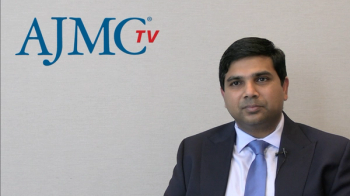
More cost-effectiveness studies evaluating bispecific antibody or chimeric antigen receptor T-cell therapies are necessary for enhancing care in myeloma and lymphoma.

At 2 years, participants in the compensated MASH cirrhosis treatment arm of the MAESTRO-NAFLD-1 trial experienced a statistically significant 6.7 kPa reduction in liver stiffness from baseline.

In the phase 1/2 INSPIRE DUCHENNE trial, interim data showed an average microdystrophin expression of 110% among participants with Duchenne muscular dystrophy (DMD) at 90 days post treatment.

259 Prospect Plains Rd, Bldg H
Cranbury, NJ 08512
© 2025 MJH Life Sciences®
All rights reserved.
